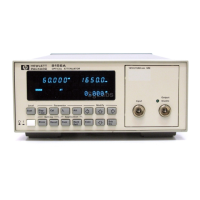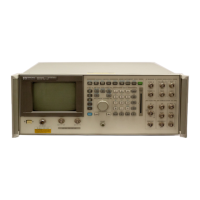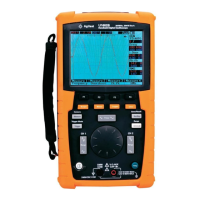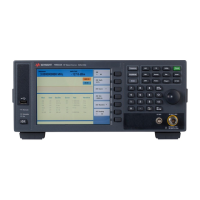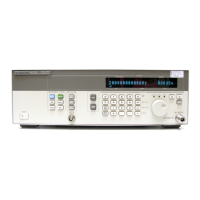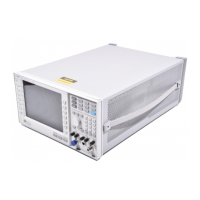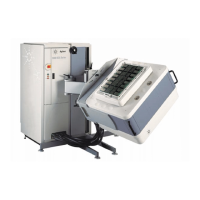Issue 2 - 07/00 A4-9
Appendix 4—Glossary & Abbreviations
Parity A mechanism for determining whether a single bit error
has occurred when individual characters are being
transmitted. Parity is transmitted as an additional bit in
the character frame, and may take the values None, Odd
or Even. None means that a parity bit is not included—
i.e. there is no error detection. Odd means that either a
zero or a one is transmitted, such that the total number of
bits sent in a character, including the parity bit, is odd.
Even works in the same way, but ensures that the total
number of transmitted bits is even.
PC Personal Computer.
PCM Pulse Code Modulation.
Physical Layer The lowest layer of the OSI model, which is responsible
for the electrical, mechanical and interface aspects of
transmitted data. Also known as Layer 1.
PMP Point to Multipoint.
Point to In Point to Multipoint mode up to 8 terminals can be
Multipoint connected in parallel along the bus. The length of the bus
is limited to about 200m, depending on the cable.
Point to Point In Point to Point mode one Terminal Equipment (TE) is
connected at the end of up to 1km of cable.
Port The physical access point into and out of an electrical
equipment or network.
PP Point to Point.
PRI Primary Rate ISDN.
Protocol A set of rules, usually defined by a standards making body,
for carrying out a specific function such as exchange of
information between systems, synchronisation, error
checking, etc. Examples of protocols are ETSI and 1TR6.
PSPDN Packet Switched Public Data Network.
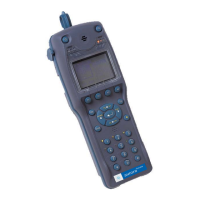
